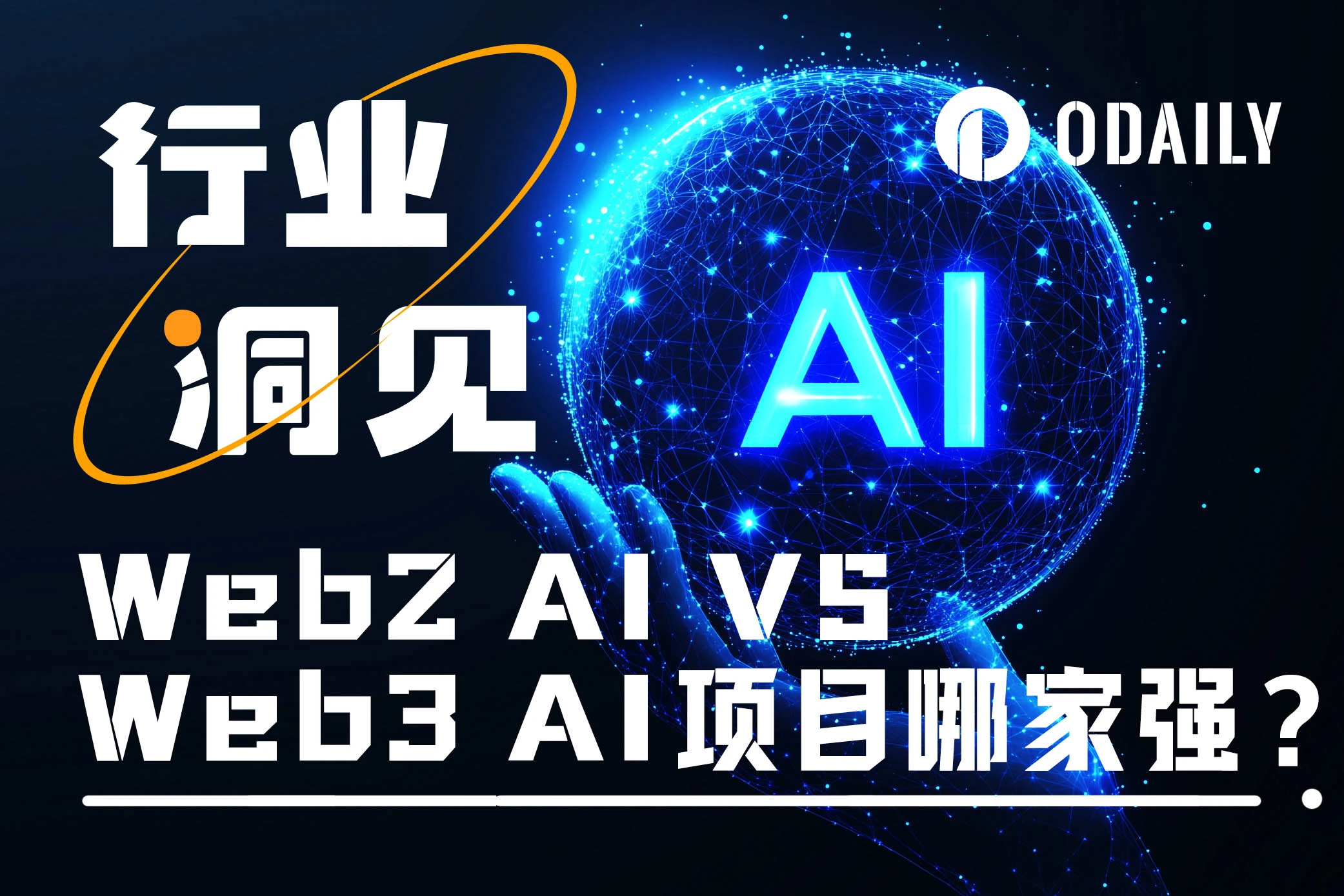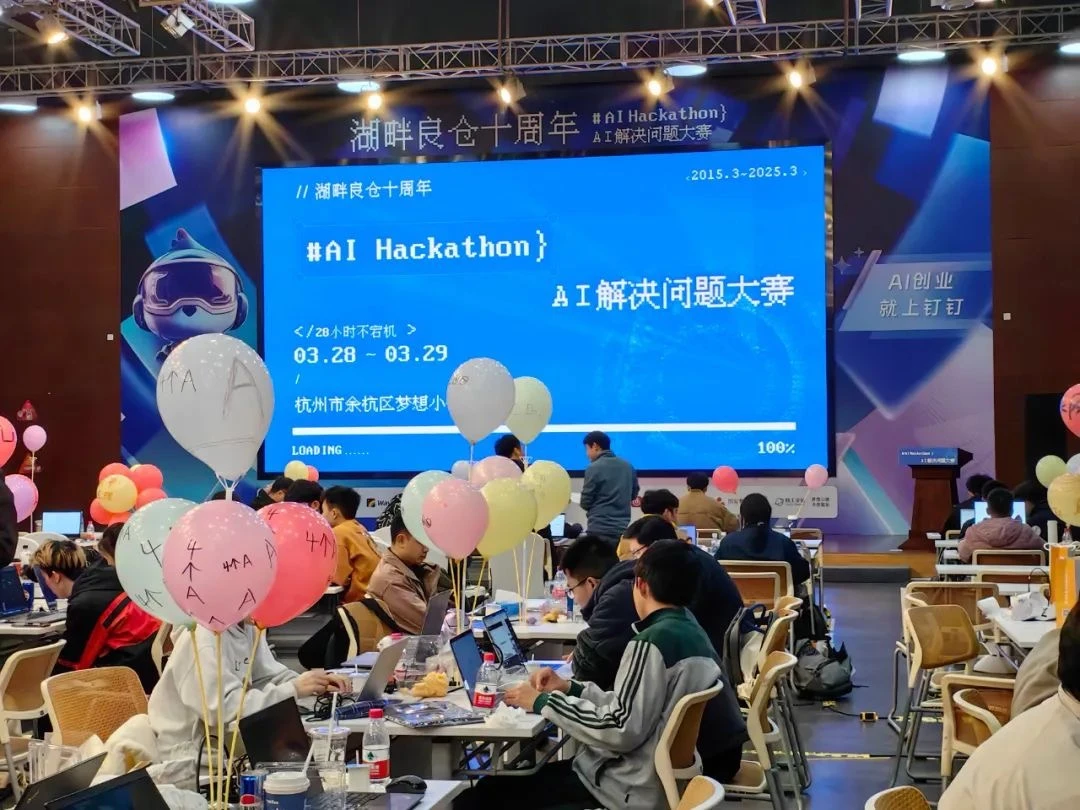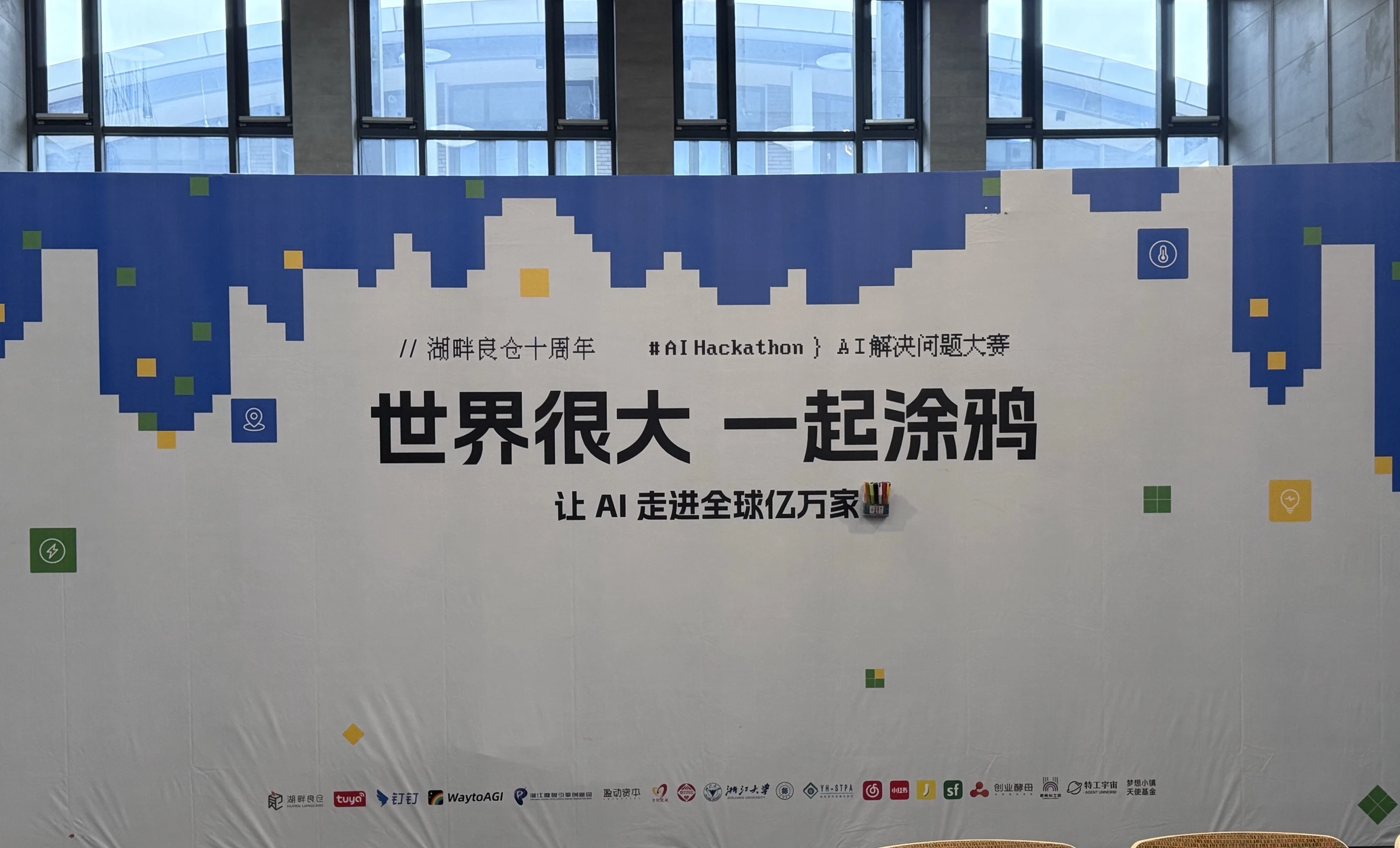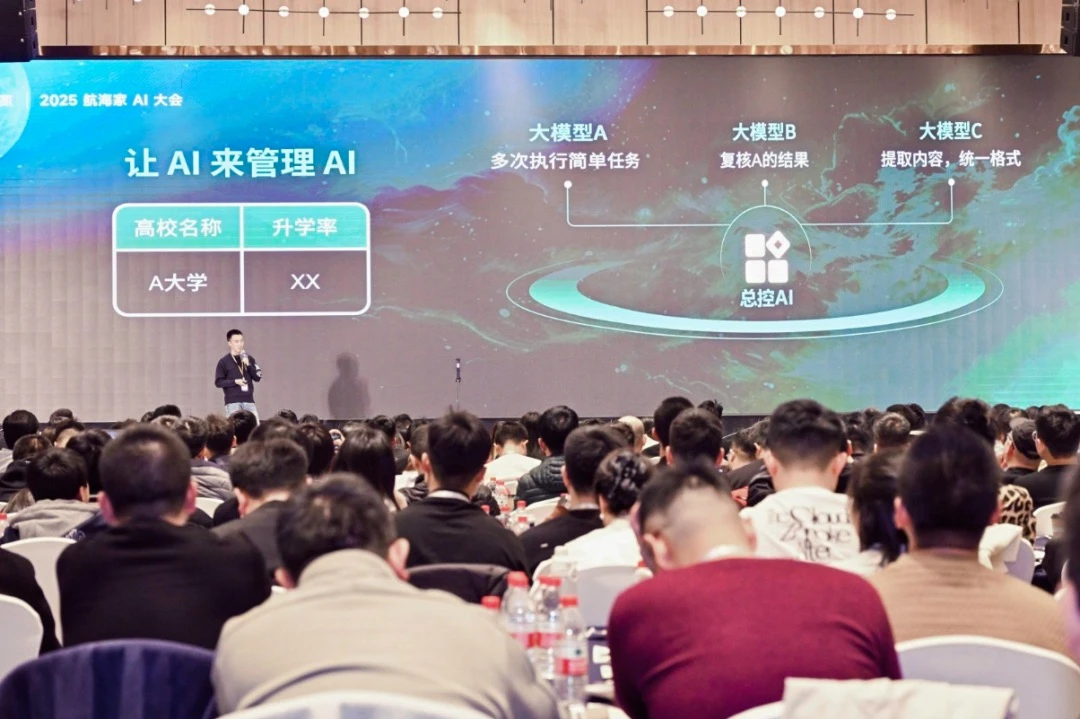Original|Odaily Planet Daily (@OdailyChina)

After experiencing the previous hype around AI Agent concept tokens, Web3 AI projects are currently in a rare period of calm. In light of this, I attended two AI-related events in Hangzhou out of curiosity about Web2 AI projects: one was an AI Hackathon with participants from various backgrounds and dizzying directions; the other was an offline community event using AI as a tool for making money. Here, I seem to have discovered some significant differences between Web2 AI projects and Web3 AI projects, which led to this reflection. The following content is merely my subjective thoughts and opinions and does not represent the official stance of Odaily Planet Daily. It serves as a small perspective on the tide of the AI era for readers' reference. (AI projects that are "focused on doing things" are also welcome to connect and give me a chance to witness the build.)
The Biggest Difference Between Web2 AI and Web3 AI: One is Making Products, the Other is Making Assets
In my view, there are numerous differences between Web2 AI projects and Web3 AI projects, but the most significant difference lies in the results they produce—Web2 AI projects primarily speak through products, whether they are large models, AI applications, or AI solutions; whereas Web3 AI projects are packaged around AI, with their essence being the creation of conceptual assets, judging success by performance in the token market. This is also the reason why AI Agent concept tokens like GOAT, AI16Z, ACT, and swarms, which were once highly sought after due to the popularity of the AI Agent concept, have gradually faded as market attention shifted. Below is an analysis of the differences between Web2 and Web3 AI projects from my personal perspective—
Developer Community: Everyone is a Dev VS Technical Devs
This is the biggest impression I got after participating in two Web2 AI offline events: the crowd at Web2 AI events is often much broader, ranging from children as young as eight or nine to elderly individuals in their sixties or seventies, all showing great enthusiasm for Web2 AI; in contrast, Web3 AI projects are often limited to the technical Dev community, with others primarily joining through token trading, project investment, etc. Many AI Agent projects also promote the concept of "everyone can create their own AI Agent," but actual participation is sparse, and there is little involvement in substantial development work.
The reason for this is that the entry barriers and narrower use cases of Web3 deter a large number of people; Web2 AI projects are closer to the internet, so there are more, broader, and more comprehensive developers, especially with the emergence of AI programming applications like Cursor and Windsurf, which can be described as "everyone is a Dev."

Two "youngest participants" at the AI Hackathon
Project Starting Point: Starting from Demand VS Starting from Market
Regarding the starting point of projects, Web2 AI projects often begin with user needs, aiming to solve a specific problem to create products and generate profits; whereas Web3 AI projects often start from the market, focusing on what kind of narrative, concept, or asset the market needs, and then seeking funding based on these aspects. For this reason, generally speaking, Web2 AI projects focus more on the application layer; while Web3 AI projects tend to adopt a "computing power, algorithms, data" triad approach for project preparation, such as the previously popular Myshell and the recently highly regarded Nillion and SaharaAI projects.
In comparison, the mainstream problems currently addressed by Web3 AI projects may be—"how to create a token," "how to sell an AI concept token to the market for liquidity."

Hackathon theme: AI Problem-Solving Competition
Project Operation: Product-Driven VS Attention-Driven
In terms of project operation, Web2 AI projects typically adopt a product-driven approach, focusing on growth and operation through product demonstrations, product feature explanations, and applicable scenarios; while Web3 AI projects often take an attention-driven approach, prioritizing the competition for market attention resources, as in the Web3 space, attention often represents liquidity, making attention arguably the most expensive asset carrier. Therefore, previous events such as a16z founder investing in Truth Of Terminal developers, ai16z founder Shaw making controversial statements, and swarms developers being exposed for code plagiarism have not significantly impacted the AI projects themselves; rather, they have provided a boost to the development of the projects and their corresponding tokens.
In the Web3 AI field, the notion that "good products bring traffic and speak for themselves" is hard to establish; here, the belief is "whoever makes the loudest noise can gain more attention." Simply having a good product does not guarantee a favorable outcome for the project and its corresponding token, as the reality is that most Web3 AI projects are merely meme coins, lacking any technical application.
The so-called decentralized computing resources and decentralized data assets are merely the one-sided wishes of project parties and retail investors.

AI is the best "doodle pen"
Exit Mechanism: Profit from Business Model VS Token Liquidity
The exit mechanism is perhaps the most distinct and straightforward comparison point.
The exit mechanism of Web2 AI projects often relies on profitability from a business model, whether using AI as an automation tool, creating an AI application, AI product, or AI large model, the ultimate goal is to attract as many users as possible and then achieve profitability through subscription fees, membership mechanisms, solutions, product buyouts, advertising sales, etc., establishing a stable profit-generating business model; while most Web3 AI projects have no other exit mechanism but token liquidity, as the actual users of these Web3 AI projects are few and far between, much like some L2 networks in the Ethereum ecosystem, resembling ghost towns.
This starkly different exit mechanism also determines that the former focuses more on products; the latter pays more attention to token assets.

Let AI manage AI, AI serves to make money
Summary: When AI Becomes a Thing of the Past, Web3 AI Projects Can Only Wait for Web2 AI Technology to Spill Over
As we find ourselves in early April 2025, after experiencing two waves of hype around AI projects from late last year to early this year, Web3 AI projects have briefly entered a "construction period"—there's no choice, as market attention and liquidity tighten simultaneously, and as celebrities and presidents become the harvesting scythes of cryptocurrency, Web3 AI projects have traversed different hype hotspots such as computing power, storage, data, AI Agents, and frameworks, becoming the "wind-blown past" of the current stage.
In the days to come, whether Web3 AI projects can regroup and regain more market attention resources may depend on the technology spillover from Web2 AI giants, startups, and innovative companies. Otherwise, Web3 AI projects will still merely be a "concept token scheme" wrapped in AI concepts; recognizing reality is sufficient.
Images sourced from:
Liangcang's 10th Anniversary, AI Hackathon Competition Ongoing
What Determines the Business Ceiling is Not How Strong AI Is, But How Close You Are to AI
免责声明:本文章仅代表作者个人观点,不代表本平台的立场和观点。本文章仅供信息分享,不构成对任何人的任何投资建议。用户与作者之间的任何争议,与本平台无关。如网页中刊载的文章或图片涉及侵权,请提供相关的权利证明和身份证明发送邮件到support@aicoin.com,本平台相关工作人员将会进行核查。




